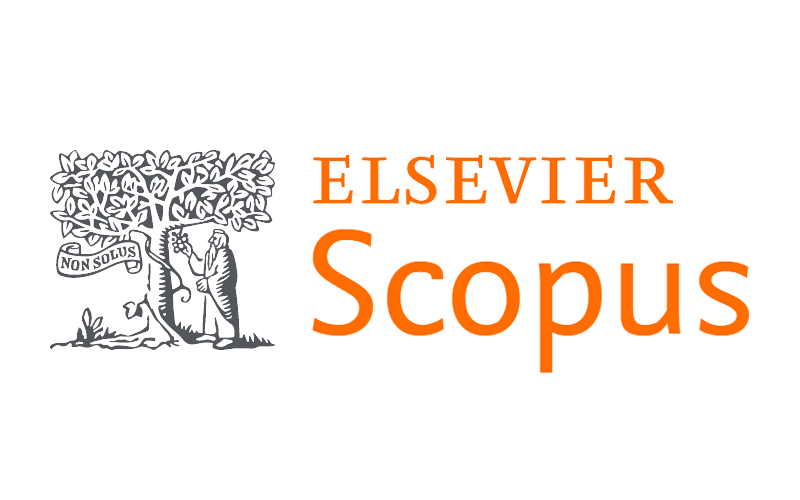A paediatric pain assessment and management survey at Rahima Moosa Mother and Child Hospital, Johannesburg, South Africa
DOI:
https://doi.org/10.7196/SAMJ.v112i8.16271Keywords:
Peadiatric, neonatal, populationAbstract
Background. Painful experiences are common in the paediatric inpatient population. Immaturity and cognitive impairment may preclude clear description of such experiences, and requests for analgesia when needed. Methods of pain assessment and guidelines for treatment in the paediatric population are well established, but are not widely used. Limited data suggest that the situation is similar in South Africa (SA).
Objectives. To review the assessment and management of pain in SA medical paediatric inpatients. The primary objective was to determine the proportion of children who receive analgesia where indicated. The secondary objectives were to determine the prevalence of pain, at presentation and among admitted patients, whether pain evaluations were performed and pain treated, and the adequacy of such treatment.
Methods. A prospective cross-sectional survey of medical paediatric inpatients at Rahima Moosa Mother and Child Hospital (RMMCH) in Johannesburg, SA, was conducted. The tool used for data collection was specifically designed for the study, with sections for demographic data, patient or caregiver interview, and chart review. Pain assessments were done using the revised Face, Legs, Activity, Cry, Consolability Scale and the Neonatal/Infant Pain Scale. The analysis consisted of descriptive statistics of epidemiological data and comparative statistics using grouped variables, with the level of significance set at p<0.05.
Results. The sample consisted of 74 children, aged between 3 days and 4 years. Male patients accounted for 58% of the cohort. The
prevalence of pain at admission was 73% (n=53). Eight percent (n=6) of the study sample had pain evaluation at admission, and only
1 child had been evaluated for pain within the preceding 24 hours. Of the 74 patients reviewed, 10% (n=7) received appropriate analgesia. Paracetamol was given to 31% of patients (n=23), either for pyrexia or for an undocumented indication. More than half of the study sample (59%; n=44) received no analgesia. The presence of pain, both by caregiver report (p=0.62) and by pain score (p=0.074), was not associated with the administration of analgesia.
Conclusion. Pain in the paediatric population at RMMCH was found to be common, but it was seldom assessed, and validated pain scores were rarely used. The result was inadequate pain management in all the four domains of assessment, intervention, reassessment and ongoing management.
Downloads
Published
Issue
Section
License
Copyright (c) 2022 L M N Mabaso, A Bhettay, R Bandini, D Demopoulos

This work is licensed under a Creative Commons Attribution-NonCommercial 4.0 International License.
Licensing Information
The SAMJ is published under an Attribution-Non Commercial International Creative Commons Attribution (CC-BY-NC 4.0) License. Under this license, authors agree to make articles available to users, without permission or fees, for any lawful, non-commercial purpose. Users may read, copy, or re-use published content as long as the author and original place of publication are properly cited.
Exceptions to this license model is allowed for UKRI and research funded by organisations requiring that research be published open-access without embargo, under a CC-BY licence. As per the journals archiving policy, authors are permitted to self-archive the author-accepted manuscript (AAM) in a repository.
Publishing Rights
Authors grant the Publisher the exclusive right to publish, display, reproduce and/or distribute the Work in print and electronic format and in any medium known or hereafter developed, including for commercial use. The Author also agrees that the Publisher may retain in print or electronic format more than one copy of the Work for the purpose of preservation, security and back-up.





